-
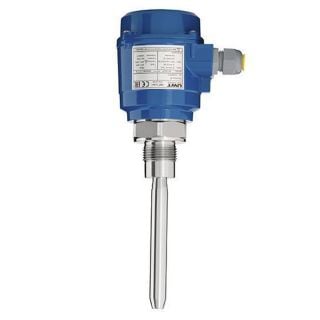
Vibration level switch
Mononivo® - MN 4020
Medium Solids Process pressure -1 bar … +16 bar (-14.5 psi … +232 psi) Process temperature -40°C … +150°C (-40°F … +302°F) -
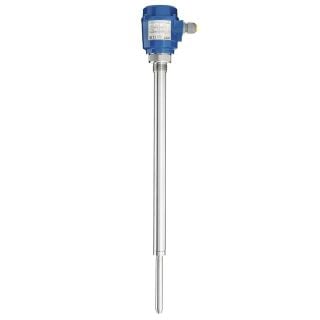
Vibration level switch
Mononivo® - MN 4030
Medium Solids Process pressure -1 bar … +16 bar (-14.5 psi … +232 psi) Process temperature -40°C … +150°C (-40°F … +302°F) -
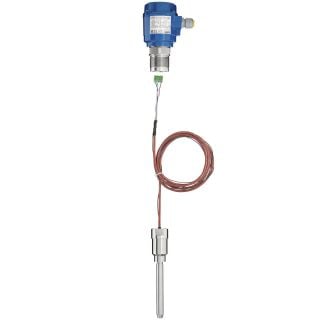
Vibration level switch
Mononivo® - MN 4040
Medium Solids Process pressure -1 bar … +16 bar (-14.5 psi … +232 psi) Process temperature -40°C … +150°C (-40°F … +302°F) -
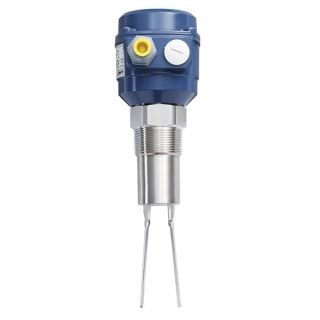
Vibration level switch
Vibranivo® - VN 1020
Medium Solids Process pressure -1 bar … +16 bar (-14.5 psi … +232 psi) Process temperature -40°C … +150°C (-40°F … +302°F) -
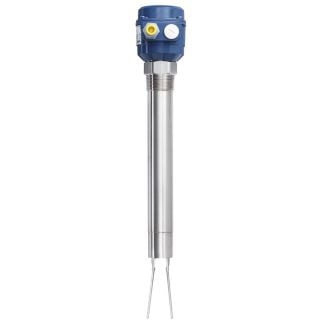
Vibration level switch
Vibranivo® - VN 1030
Medium Solids Process pressure -1 bar … +16 bar (-14.5 psi … +232 psi) Process temperature -40°C … +150°C (-40°F … +302°F) -
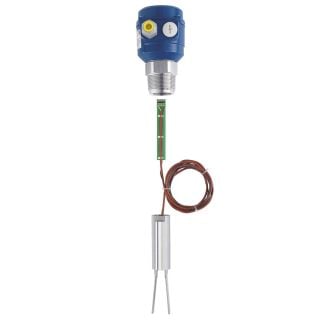
Vibration level switch
Vibranivo® - VN 1040
Medium Solids Process pressure -1 bar … +16 bar (-14.5 psi … +232 psi) Process temperature -40°C … +150°C (-40°F … +302°F) -
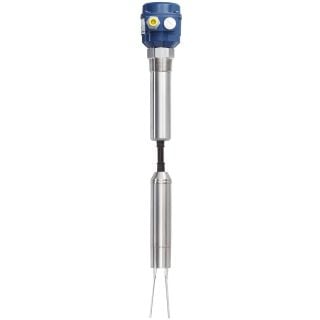
Vibration level switch
Vibranivo® - VN 1050
Medium Solids Process pressure -1 bar … +6 bar (-14.5 psi … +87 psi) Process temperature -25°C … 80°C (-13°F … +176°F) -
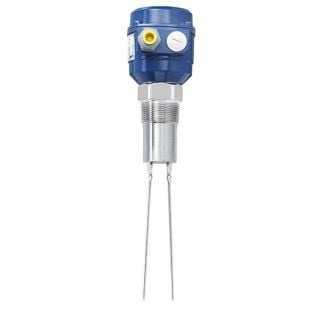
Vibration level switch
Vibranivo® - VN 2020
Medium Solids Process pressure -1 bar … +16 bar (-14.5 psi … +232 psi) Process temperature -40°C … +150°C (-40°F … +302°F) -
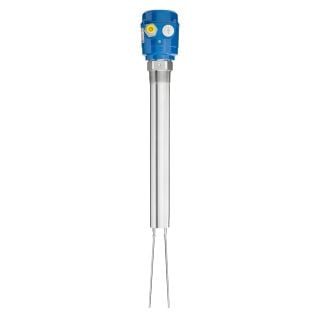
Vibration level switch
Vibranivo® - VN 2030
Medium Solids Process pressure -1 bar … +16 bar (-14.5 psi … +232 psi) Process temperature -40°C … +150°C (-40°F … +302°F) -
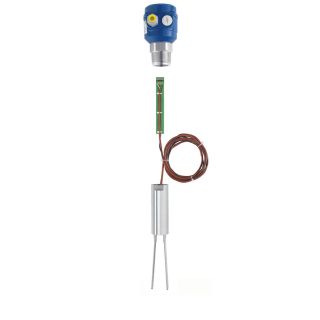
Vibration level switch
Vibranivo® - VN 2040
Medium Solids Process pressure -1 bar … +16 bar (-14.5 psi … +232 psi) Process temperature -40°C … +150°C (-40°F … +302°F) -
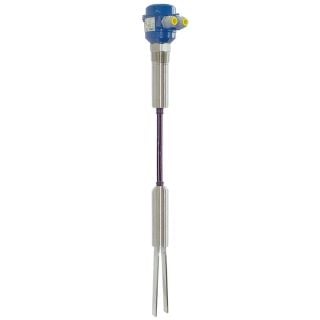
Vibration level switch
Vibranivo® - VN 2050
Medium Solids Process pressure -1 bar … +6 bar (-14.5 psi … +87 psi) Process temperature -25°C … 80°C (-13°F … +176°F) -
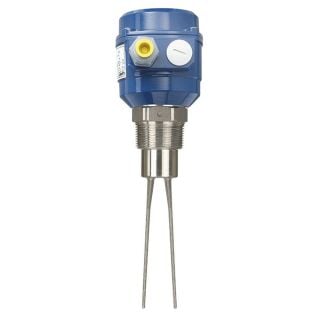
Vibration level switch
Vibranivo® - VN 4020
Medium Solids Process pressure -1 bar … +16 bar (-14.5 psi … +232 psi) Process temperature -40°C … +150°C (-40°F … +302°F) -
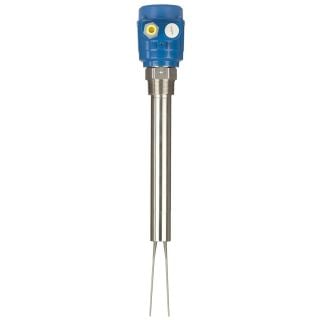
Vibration level switch
Vibranivo® - VN 4030
Medium Solids Process pressure -1 bar … +16 bar (-14.5 psi … +232 psi) Process temperature -40°C … +150°C (-40°F … +302°F) -
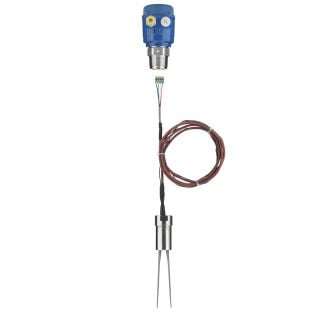
Vibration level switch
Vibranivo® - VN 4040
Medium Solids Process pressure -1 bar … +16 bar (-14.5 psi … +232 psi) Process temperature -40°C … +150°C (-40°F … +302°F) -
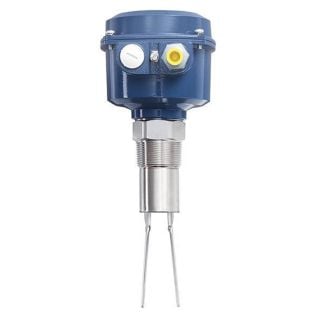
Vibration level switch
Vibranivo® - VN 5020
Medium Solids Process pressure -1 bar … +16 bar (-14.5 psi … +232 psi) Process temperature -40°C … +150°C (-40°F … +302°F) -
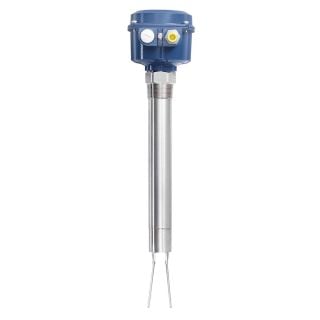
Vibration level switch
Vibranivo® - VN 5030
Medium Solids Process pressure -1 bar … +16 bar (-14.5 psi … +232 psi) Process temperature -40°C … +150°C (-40°F … +302°F) -
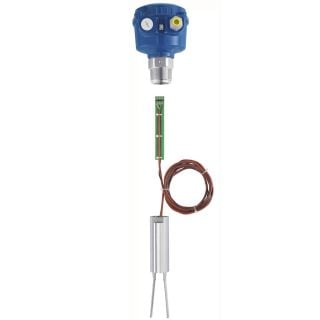
Vibration level switch
Vibranivo® - VN 5040
Medium Solids Process pressure -1 bar … +16 bar (-14.5 psi … +232 psi) Process temperature -40°C … +150°C (-40°F … +302°F) -
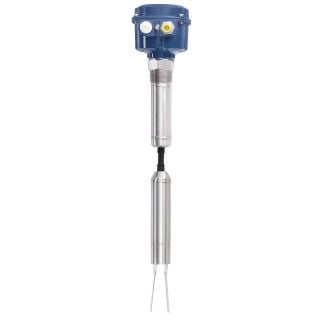
Vibration level switch
Vibranivo® - VN 5050
Medium Solids Process pressure -1 bar … +6 bar (-14.5 psi … +87 psi) Process temperature -40°C … +150°C (-40°F … +302°F) -
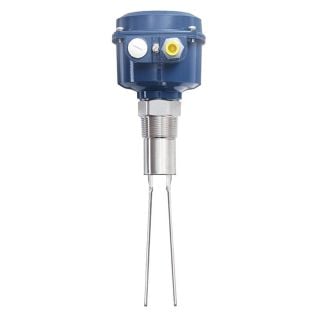
Vibration level switch
Vibranivo® - VN 6020
Medium Solids Process pressure -1 bar … +16 bar (-14.5 psi … +232 psi) Process temperature -40°C … +150°C (-40°F … +302°F) -
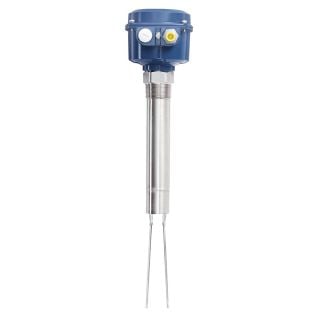
Vibration level switch
Vibranivo® - VN 6030
Medium Solids Process pressure -1 bar … +16 bar (-14.5 psi … +232 psi) Process temperature -40°C … +150°C (-40°F … +302°F) -
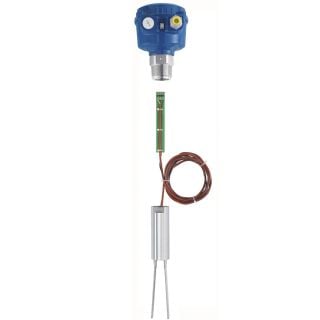
Vibration level switch
Vibranivo® - VN 6040
Medium Solids Process pressure -1 bar … +16 bar (-14.5 psi … +232 psi) Process temperature -40°C … +150°C (-40°F … +302°F) -
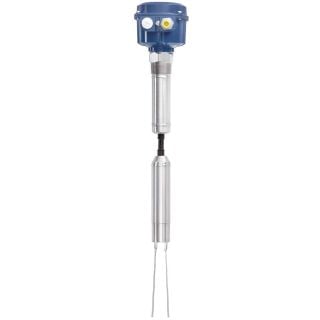
Vibration level switch
Vibranivo® - VN 6050
Medium Solids Process pressure -1 bar … +6 bar (-14.5 psi … +87 psi) Process temperature -40°C … +150°C (-40°F … +302°F) -
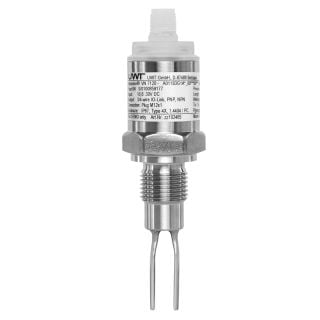
Vibration level switch
Vibranivo® VN 7120 Vibration Level Switch Compact | UWT
Medium Liquids Process pressure -1 bar … +40 bar (-14.5 psi … +580 psi) Process temperature -40°C … +150°C (-40°F … +302°F) -
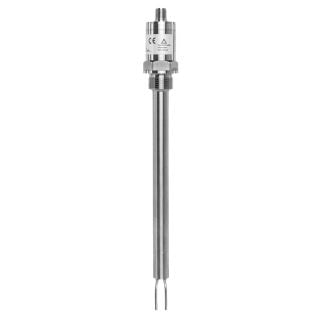
Vibration level switch
Vibranivo® VN 7130 Vibration Level Switch Pipe Extension | UWT
Medium Liquids Process pressure -1 bar … +40 bar (-14.5 psi … +580 psi) Process temperature -40°C … +150°C (-40°F … +302°F)
with Vibration Level Limit Switches
Depending on the requirements, vibrating level limit switches are used as full, demand or empty detectors in storage silos or process vessels and are suitable for use in almost all media. The main component of the vibrating level limit switch is a piezo stack which is electrically excited and thereby vibrates. The design of this piezo stack largely defines the range of application. UWT vibrating level limit switches are suitable for process temperatures up to 150°C and process pressures up to 16 bar.
Vibrating level limit switches are differed between and , which differ in their mechanical design but not in their operating principle.
Vibration fork level switches consist of two tines vibrating at their mechanical resonance frequency. Due to the oscillation of the tines, a certain self-cleaning effect is created. There is a relationship between resonant frequency, leg length, sensitivity and self-cleaning effect:
- Vibrating fork long = higher sensitivity = lower resonant frequency = lower self-cleaning effect.
These vibrating forks are particularly suitable for very light and few adhering materials. For this purpose UWT offers the
Vibranivo Series 2000 and 6000, which can even detect materials with a bulk density < 5 g/l. - Vibrating fork short = lower sensitivity = higher resonance frequency = stronger self-cleaning effect
These vibrating forks are particularly suitable for strongly adhering materials as well as for the detection of solids in
liquids. For this purpose, UWT offers the Vibranivo series 1000 and 5000, which detect materials with a bulk density of 50 g/l and more.
and are also suitable for interface measurement.
With the , only one rod vibrates, which means that the vibrating rod can be built much more compactly. In addition, there is no danger of solids with a large grain size becoming jammed, which leads to faulty switching in . Vibrating forks are therefore well suited for small vessels and solids with large particle sizes. UWT offers the Mononivo Series 4000 for this purpose, which detects materials from a bulk density of 20 g/l and has a 1" process connection.
Find out more about our and our .
FAQs
How does a vibrating fork work?
The vibrating fork is stimulated to vibrate by piezo elements. The vibration is stopped by the presence of bulk material. The resulting voltage change in the piezo elements is registered electronically and a switching output is activated or a signal (4..20 mA) is continuously output.
How does a vibrating rod work?
The vibrating rod is stimulated to vibrate via piezo elements. Contacting material stops the vibration, causing a voltage change in the piezo elements. This is registered electronically. A switching output is actuated.
Where can the vibration fork be used as a limit switch?
Vibrating forks are suitable for: Extremely light bulk materials from 5 g/l | Pneumatically conveyed materials | Applications with process overpressure | Limited space | Vibration in the container | High safety standards | High hygiene requirements | Hazardous areas | Sediment detection in liquids
Where can the vibrating rod be used as a limit switch?
Vibrating rods are suitable for Light bulk solids from 20 g/l | Powders with a tendency to bridge | Coarse-grained granulates | Pneumatically conveyed materials | Applications with process overpressure | Limited space | Back pressure detection in pipes and shafts | Vibration in the container | High safety standards | High hygiene requirements | Areas at risk of dust explosion
Which measuring technology is suitable for a dusty environment with very light bulk materials?
The UWT vibration fork Vibranivo VN 2000 fulfils this extreme requirement. The robust stainless steel vibrating arms and the encapsulated electronics guarantee consistently reliable measurement results, even with unusually light materials.
